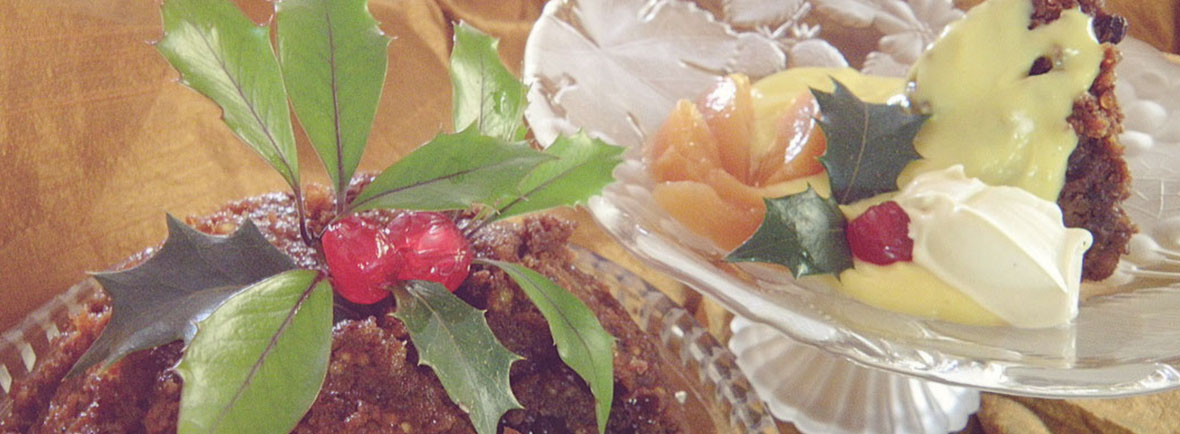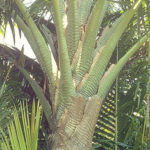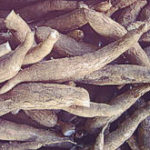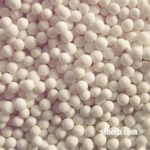Gluten free Christmas Pudding!
Have you managed to make your Christmas pudding yet – I’m doing mine today!! I need to make it gluten free for several members of our Christmas dinner gang. So here’s a fabulous, moist, and gluten free treat that will tempt you even if the temperature is 37.7778 degrees Celsius in the shade (that’s 100 degrees in ‘old’ terms!).
This pudding can be made 2 weeks ahead if covered in the fridge. Just reheat the pudding in the basin when you’re ready to serve.
This is a really delicious, and easy to make pudding, so I hope you enjoy!
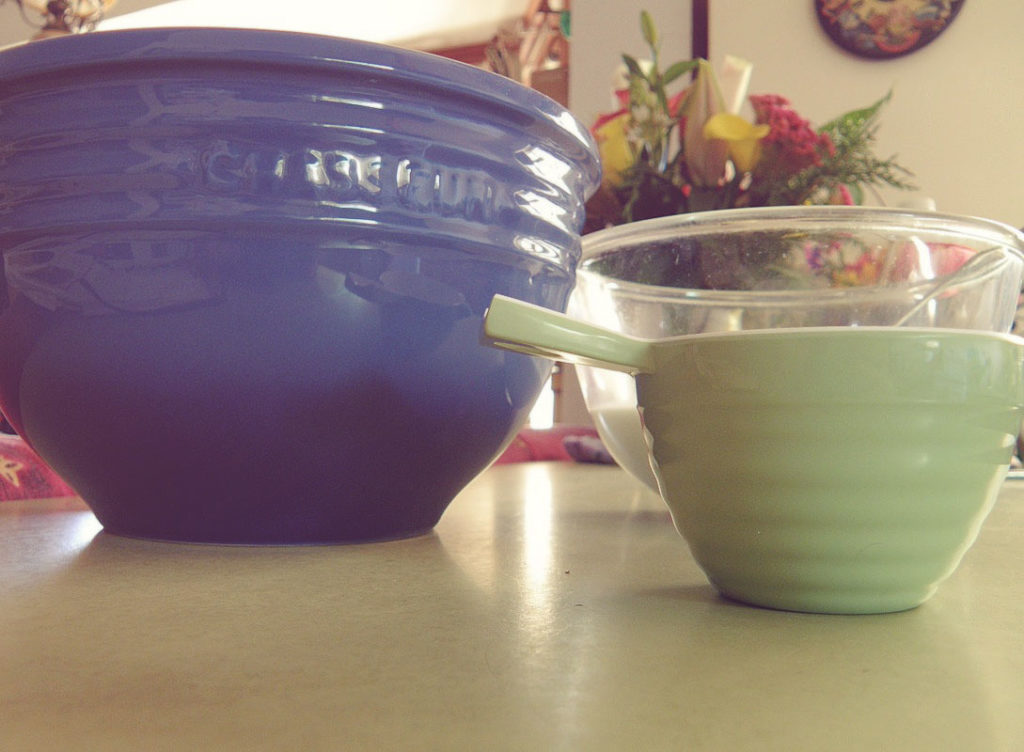
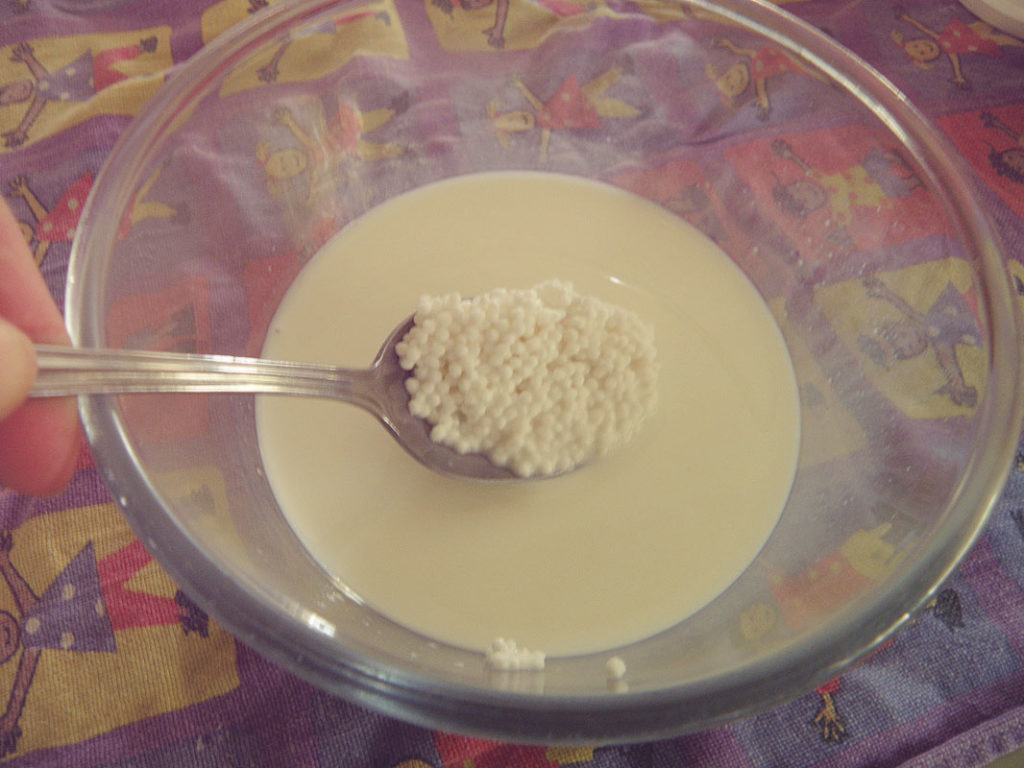
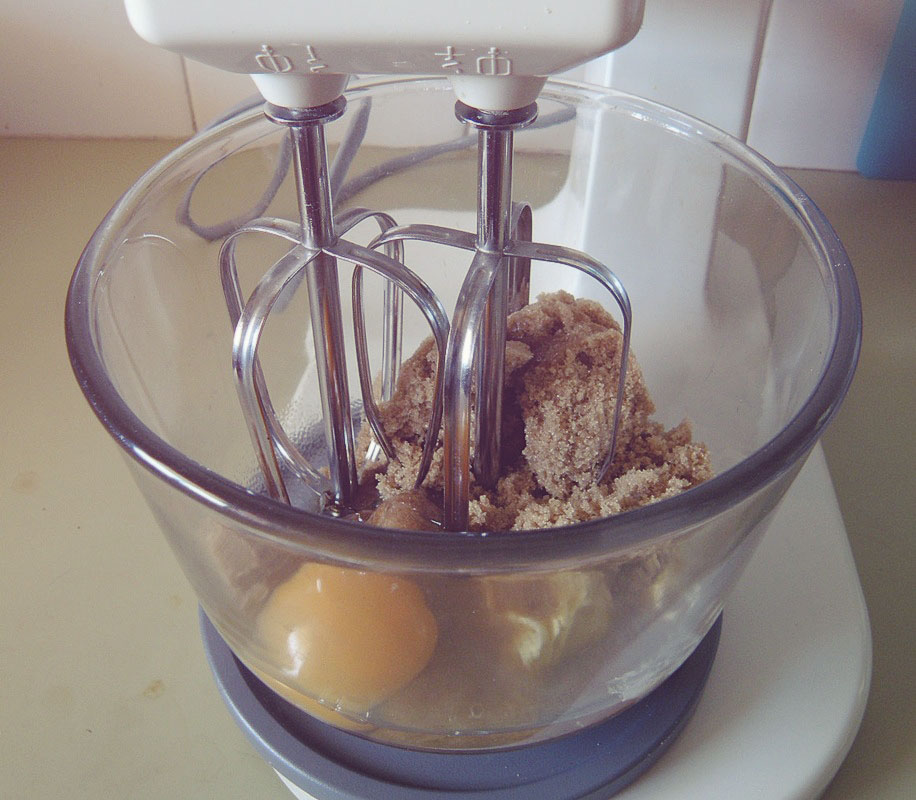
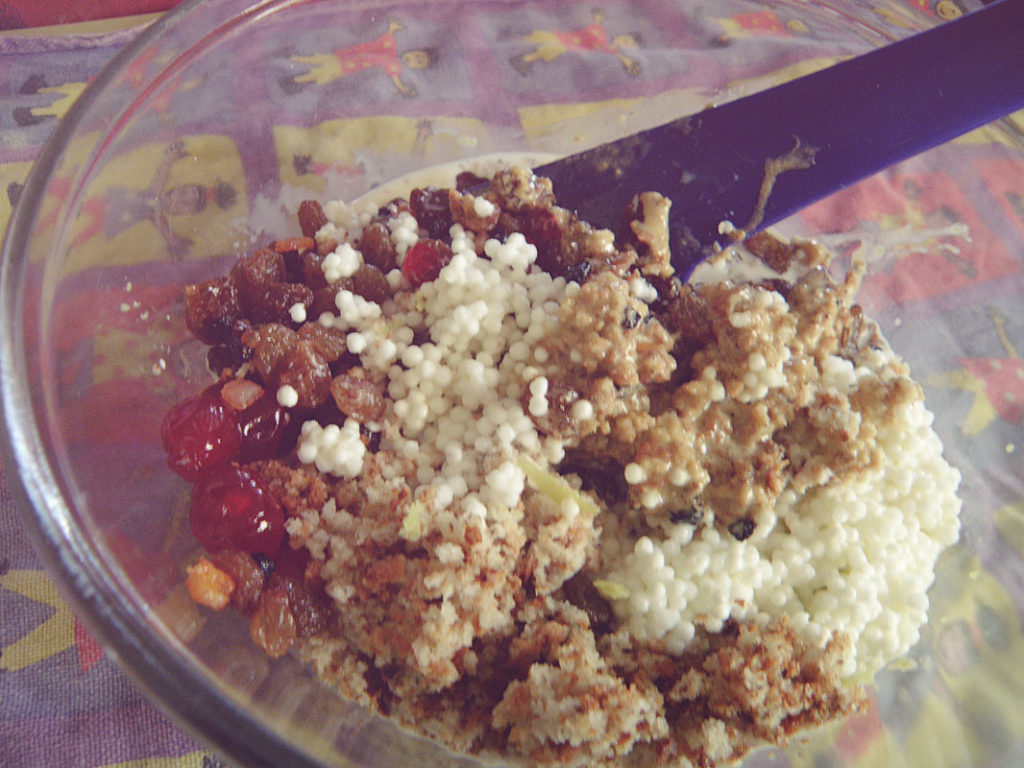
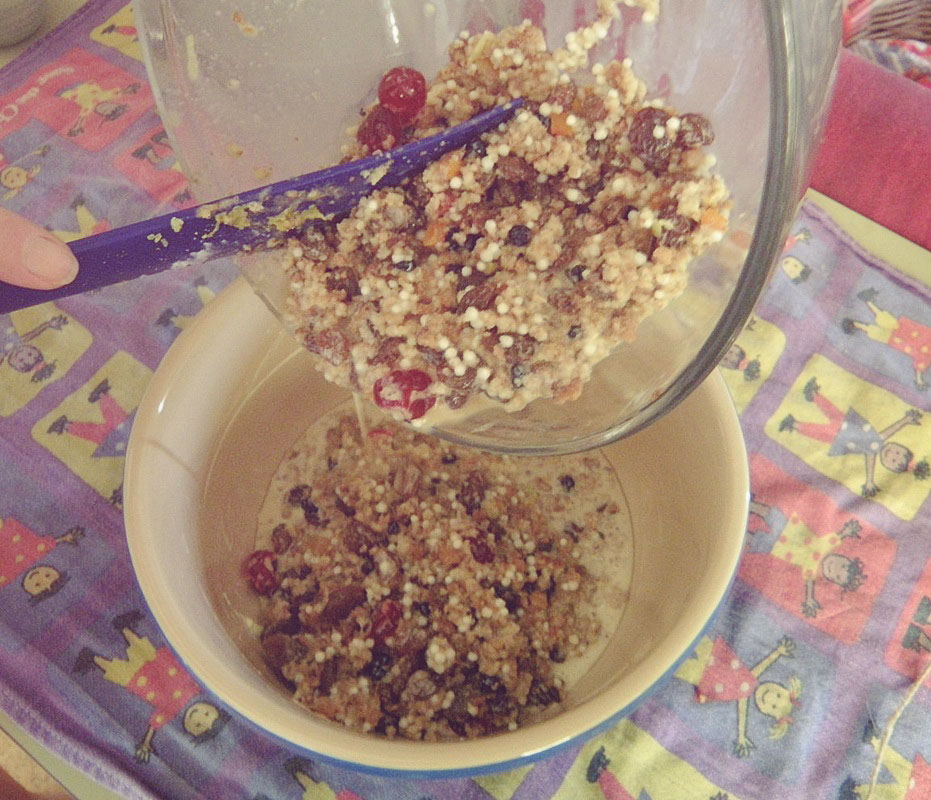
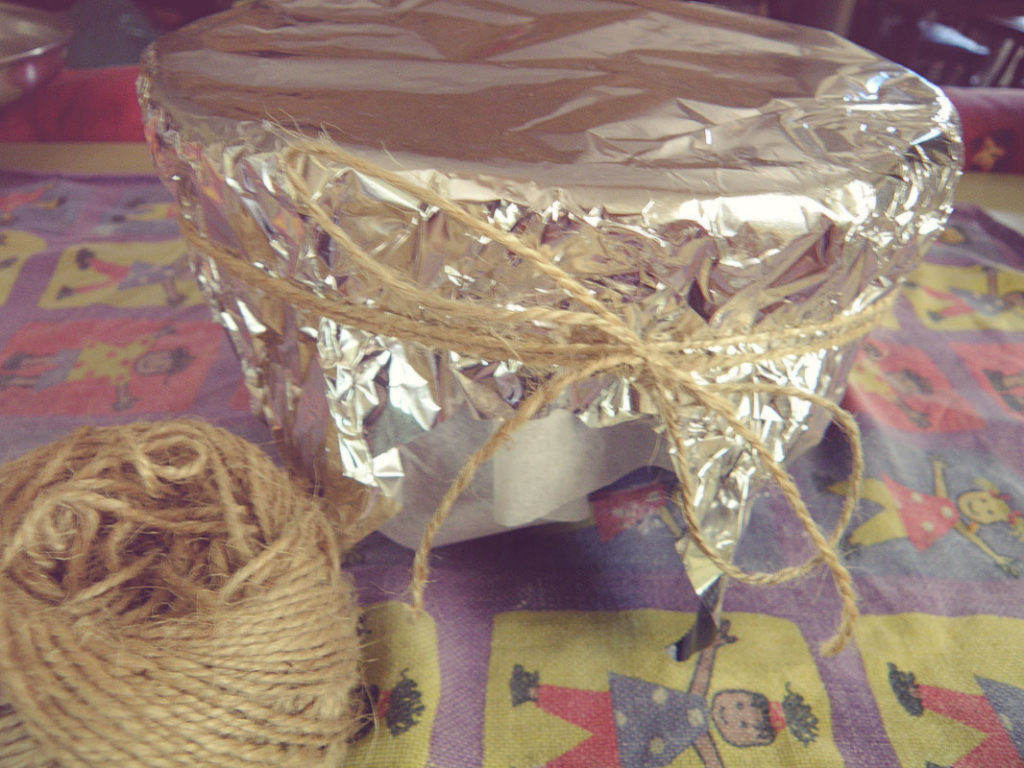
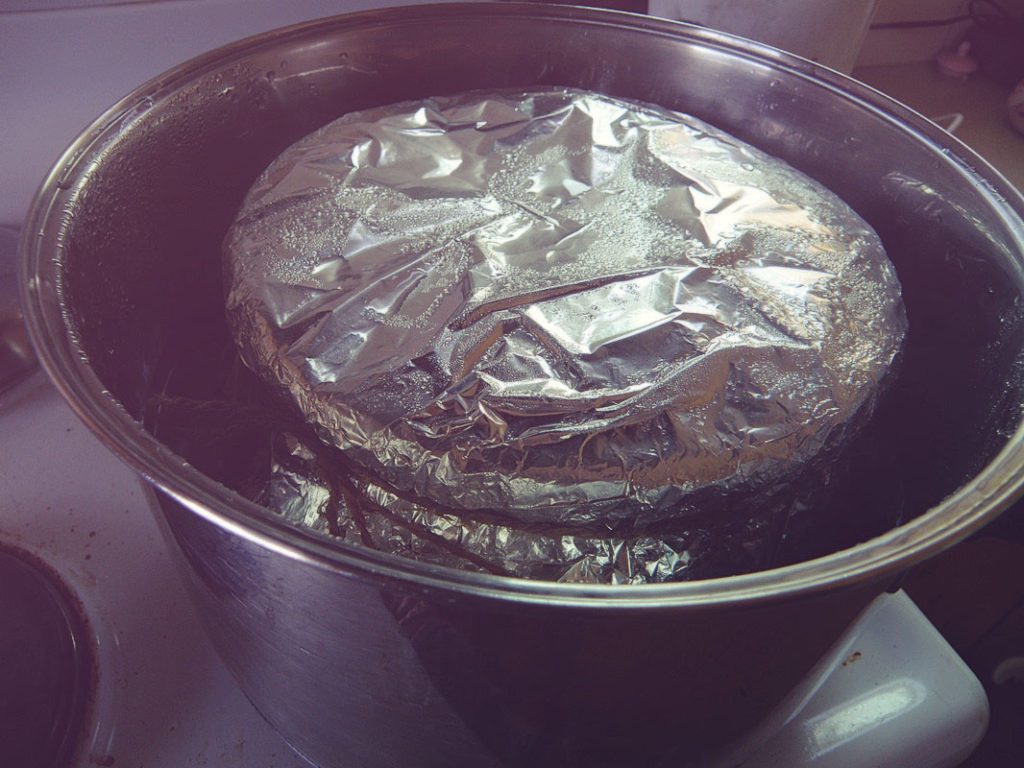
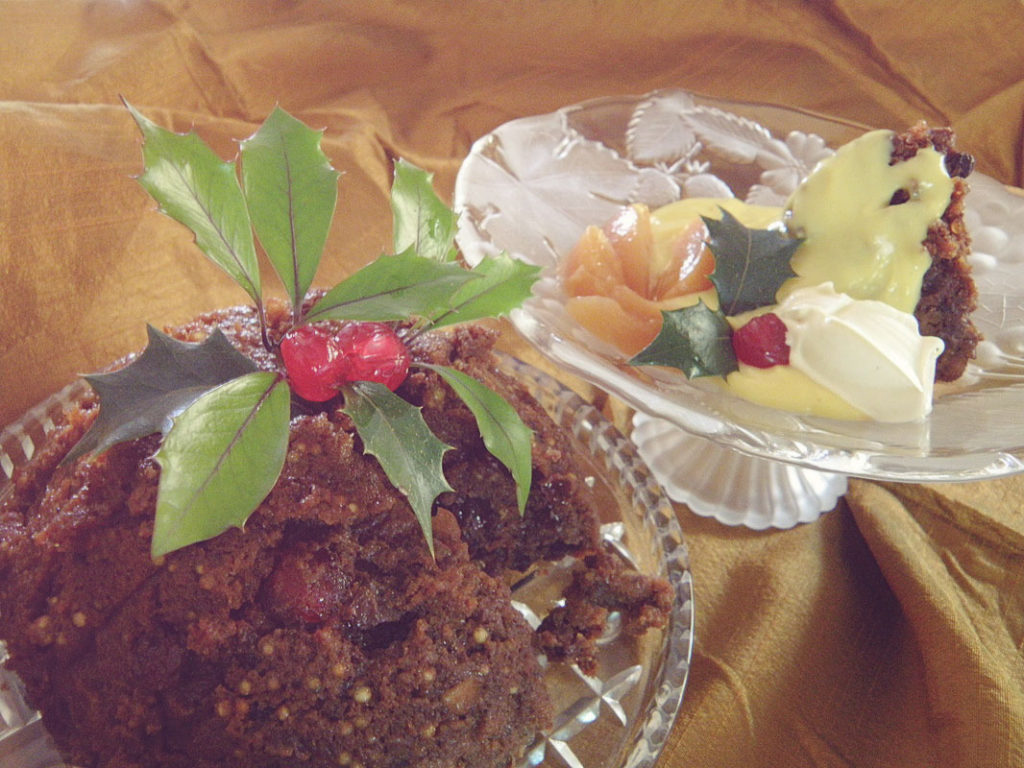
Steamed Sago Christmas Pudding
2016-12-07 16:38:38

A moist and delicious gluten free Christmas pudding using Sago.
Ingredients
- 1/4 cup sago
- 1 cup milk (I use lactose-free)
- 15g butter (or an olive oil spread)
- 1 cup brown sugar, firmly packed
- 1 egg
- 1 cup (150g) mixed dried fruit
- 2 cups (200g) stale breadcrumbs (I use G/F bread)
- grated rind of 1 lemon
- 1/4 teaspoon bicarbonate of soda
- 1 tspn mixed spice
- 1 tspn cinnamon
- 1 tspn vanilla
- 1 tblspn brandy
Instructions
- Combine sago and milk in a small bowl and let stand for 1 hour.
- Beat butter, sugar and egg in a small bowl with a mixer until light and creamy.
- Transfer this mixture to a larger bowl and stir in fruit, breadcrumbs, rind, soda, spices, brandy and sago mixture and mix well.
- Lightly grease a 4-cup capacity pudding basin or earthenware pudding bowl, and pour mixture in.
- Cover basin with paper and foil, tie securely with string and cover with basin lid (if using one).
- Place basin in a saucepan with enough boiling water to come halfway up the side of the basin. Cover and simmer for about 3 1/2 hours, or until cooked, replenishing water as it evaporates.
Green Platypus Gardens https://www.greenplatypusgardens.com/
DID YOU KNOW….?
- Sago is often sold as ‘Seed Tapioca’ although it’s not a seed and I’m not sure if it’s sago or tapioca! Both are starch extracts, but from different plant sources.
- ‘Sago’ is from the pith, or middle part, of the trunk of a Sago Palm, whereas ‘Tapioca’ comes from the tubers of the Cassava, a popular tropical plant.
- In the case of sago, the starch is obtained from the trunk of the palm by washing the starch kernels out of the pulverized pith with water.
- Tapioca is made from the starchy flour produced from treated and dried cassava root.
- Both sago and tapioca are produced by separating the starch from the plant, and then making a gooey dough. The dough is then forced through a sieve to make the ‘beads’ or ‘pearls’.
- Both sago and tapioca require soaking or cooking until the beads become translucent.
The good news is that both is gluten-free and can be used to make many delicious desserts!I hope you enjoy this recipe and have a wonderful Christmas and exciting New Year!Cheers,
Amanda


